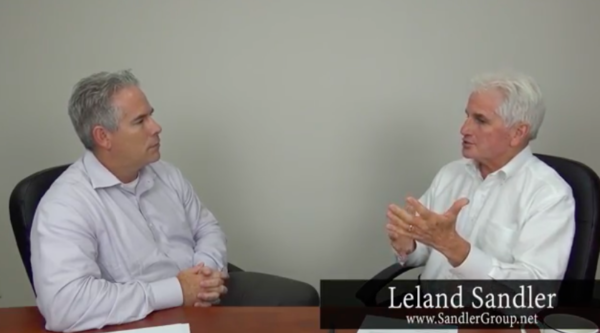
04 Dec Identifying a Coaching Client’s Traits and Tendencies
There are different assessments I use to identify a coaching client’s traits and tendencies. I sat down the other day with Patrick Henry, CEO of QuestFusion to explain one of the assessments that I like the most, the TAIS, developed originally for Navy SEALS, Army Rangers, etc. to discover their traits and characteristics under stress. This same assessment works great in a business world also, and the clients I work through this process with are much more effective as a result. (Here are the three biggest qualities of successful leaders.) Watch this clip to learn more:
Leland: I do use other assessments because depending on what the situation is I may be targeting something in particular that I’m curious about.
One that I particularly like is something called the TAIS. It was, interestingly enough, developed for Special Forces of the armed forces like Navy SEALS and Army Rangers. The idea was to identify people’s traits to be able to deal with pressure, difficult and timely situations and be able to deal with them effectively.
Patrick: That’s critically important in the startup world.
Leland: This company then decided to do this with world-class Olympic athletes. They changed the instrument slightly but made it work for athletes. Then they thought, “What’s next?” Of course, it was executives. There’s been probably a few hundred thousand executives that have been through this so they validated the instrument to make it normative.
Patrick: There’s a database that you’re being compared against?
Leland: Yes. You can say, “I’m a small, medium or large-sized company. I’m a CEO, senior level manager, mid-level manager or entry-level manager.” You’re actually compared against that exact same group.
Patrick: Have you found that to be a pretty accurate instrument in your experience?
Leland: Yes. This is important. It’s like any other instrument. Patrick, you aren’t an instrument. I know this because people do a Myers-Briggs. You’re a color or four acronyms.
Patrick: I’m a piece of work.
Leland: You are a piece of work. Having said that, I think an instrument only suggests a tendency that you have. It helps the coach and you understand that this is a tendency that may be getting in my way. I’ve got to shift it.
A good example of TAIS is that my need for details, information and control are really high. That combination could be trouble because they lead to a certain level of micromanagement. The question with the 360 interviews becomes, how does that actually show up?
If you’d like me to help you work through this TAIS process, along with a few other assessments that I use to help business professionals, do not hesitate to reach out.

